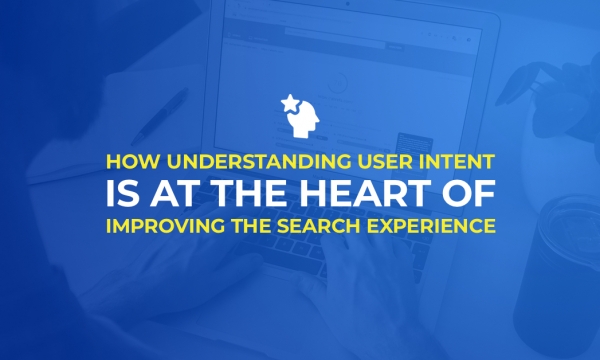If a Google user is searching for your brand term, it’s a strong signal that it is your brand that they are looking for. However, your competitors are constantly looking to steal that traffic, and that customer, from your clutches.
To stop them doing that, you need to ensure that your brand is the one that is front and centre for your brand keyword terms. Here are six ways in which you do exactly that.
Paid Search
The highest spot available within the first page of Google always goes to paid ads. These ad sections, which are usually managed by PPC specialists, include search text ads and Google shopping ads.
There was a time that paid ads were displayed alongside the right side of the search results for a given search query, but those days are now over. Since 2016 Google only shows paid search ads at the top or bottom of a search results page.
Many companies tend to bid for their own brand name to make sure no one else appears as a paid search ad on Google, but be aware of any competitors that may be looking to out-perform your ads. Take, for example, this search result for the brand 888 Casino, where three other brands are bidding on that brand term.

Competitors may try to use your brand as a way of improving their search visibility, particularly if you are a strong brand operating in a market with highly competitive (and therefore, expensive) keywords. Monitor your brand terms regularly to ensure that you aren’t being outbid by your competitors (or any affiliates) and manage your approach accordingly.
Sitelinks
There are a number of tactics that you can employ to protect your brand in organic search results, but one that is often overlooked is the use of sitelinks.
Sitelinks are a great way to make your organic search listing stand out, and to push the competing sites further down the page. You can have up to six sitelinks appear, and with the use of scheme markup you can improve your chances of a site search box appear in the SERPs. Take this example from the care hire brand Hertz:

Be mindful that you don’t have control over which links appear in the search results. Depending on the user’s location, search history or device, these links will be differ to best fit their persona profile, but ensuring that you have a clear hierarchical structure for your pages and by submitting an XML sitemap, you can at the very least increase your chances of your preferred pages appearing.
Knowledge Graph & Google Business
Google’s Knowledge Graph was first launched back in May 2012, and was designed to help the search engine to better understand the connection between people, places, facts, and how other different entities all tied together.

Knowledge graph’s for brand searches would typically provide the company logo, the official name of the company taken directly from the company’s Google business page, a snippet from Wikipedia, links to the brand’s social media profiles and other pertinent or relevant information, such as the current share price, the name of the SEO or a contact telephone number.
The onus is on brands to ensure that the content that populates Knowledge Graph is relevant, clear and accessible to Google. For example, ensure that you have a Wikipedia page that accurately describes your brand (but be mindful of Wikipedia’s policies if you are going to edit the page yourself), add Google’s markup code to your website to specify your preferred social media accounts for your brand, and ensure that your business listings are accurate.
Registering with Google Business is also important for ensuring that you are in position to see your brand appear for localised or “near me” searches, and in Google Maps.
Google News
If your brand is big enough it’s likely that top stories regarding your company will appear in Google’s search results for your brand name. In the example below Coca-Cola has three links to content covered by three different sources.

Of course, not all brands are the size of Coca-Cola, but it is still important to consider how your brand is discussed in the media as part of your brand protection strategy in search.
Consider how your PR or media relations strategy is earning coverage for your brand across digital media, and how you can ensure that you are creating a constant stream of stories regarding your brand that is likely to engage the media.
Whilst not impossible, getting your own website listed in Google News is difficult as Google strives to maintain the editorial integrity of the service, but consider how you can use editorial content to build up a level of trust in your brand in order to increase your chances of being accepted into the Google News algorithm.
Your social media accounts
Real time tweets now appear in Google search results, so it can pay for a brand to be active on Twitter.

This may not necessarily have a huge influence on your search ranking, but embedded tweets do take up vital real estate on the search engine results pages, pushing any of your competitors down below the fold.
Consider how you utilise your other social media accounts in addition to Twitter. Branded social media pages have a tendency to tend to rank high up in the search results, and can usually be found lurking around the middle to bottom of page one. Again, this is more page one space that your competitors can’t occupy.
Look at how you are using LinkedIn, Facebook, Google Plus, YouTube and Instagram, ensure that your pages are optimised and consistent with your brand, and ensure that they remain regularly updated.
Images
Make sure that you are optimising any images on your website, as this increases the chances of your images appearing in Google Image Search.
With every image that you publish, ensure that you have an optimised ALT tag that includes your company name, ensure that you optimise the filename to include your company name, and reduce the image size to the smallest possible size to improve your page load speed.



